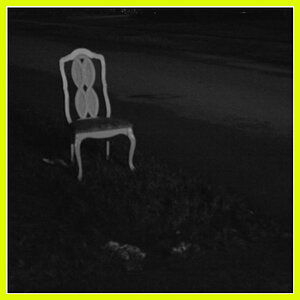padrepaul77
TPF Noob!
- Joined
- Jan 28, 2009
- Messages
- 155
- Reaction score
- 2
- Location
- Twin Cities, MN
- Can others edit my Photos
- Photos OK to edit
Among my favorite places to go is the Landscape Arboretum, a place nearby where great nature shots can be taken from spring through fall, and even in late fall with ornamental grasses.
There's a nature contest I'm going to enter, and while they don't ask for specifics on naming your photo, for the botany section I'd like to have names for the flowers. I didn't have a pen and paper with me, so didn't write down the ID or type of these flowers. One I think is clearly a pink rose; the others I'm not so sure.
Any thoughts on these too or suggestions as to how to shoot flowers?
Thanks!
Paul
There's a nature contest I'm going to enter, and while they don't ask for specifics on naming your photo, for the botany section I'd like to have names for the flowers. I didn't have a pen and paper with me, so didn't write down the ID or type of these flowers. One I think is clearly a pink rose; the others I'm not so sure.
Any thoughts on these too or suggestions as to how to shoot flowers?
Thanks!
Paul


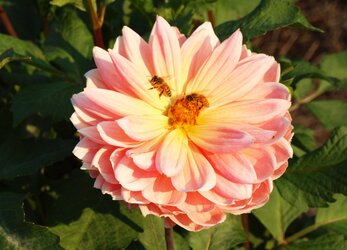
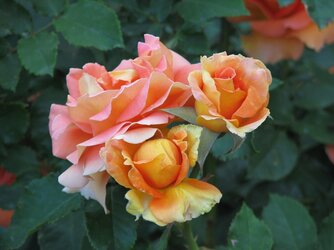
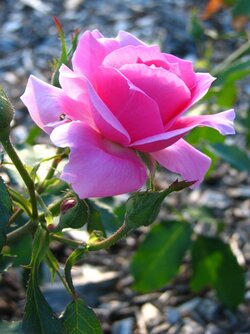
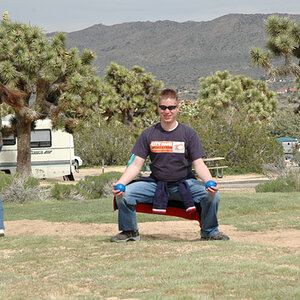
![[No title]](/data/xfmg/thumbnail/42/42460-80970c44cc9fb42dd0c86d08e7bc401d.jpg?1619740191)
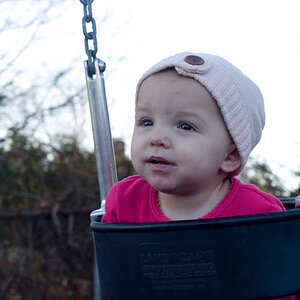
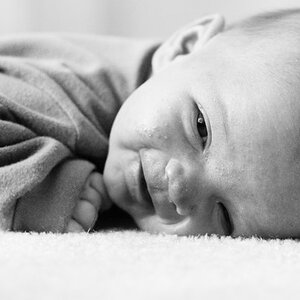
![[No title]](/data/xfmg/thumbnail/35/35878-753a9d58c095f0e1aaa96d03c025f6ce.jpg?1619737205)

![[No title]](/data/xfmg/thumbnail/42/42459-a7a996b715ff4999d07738140fdd0fe3.jpg?1619740191)
![[No title]](/data/xfmg/thumbnail/35/35880-9a6926237907ab72b42781d9a09698a6.jpg?1619737209)
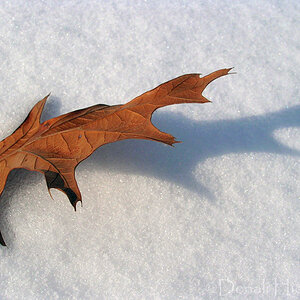
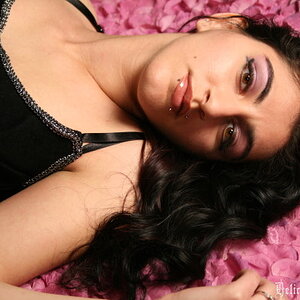
![[No title]](/data/xfmg/thumbnail/42/42462-2adb6efc01a19638fca25cd3000f5575.jpg?1619740192)
